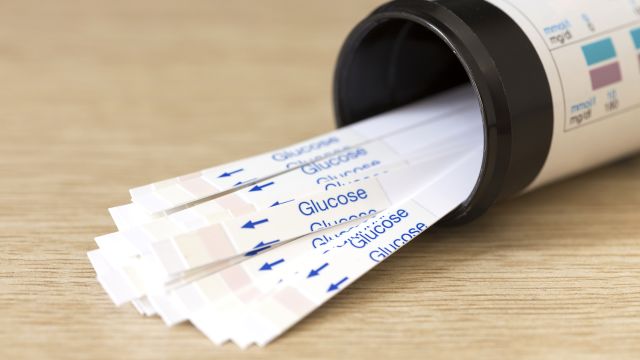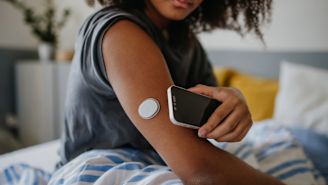Updated on April 11, 2025.
Many people experience low blood sugar (hypoglycemia) without realizing it. But not recognizing the symptoms of hypoglycemia can be dangerous. Untreated severe hypoglycemia can lead to unconsciousness, diabetic coma (unconscious and unable to be woken up or respond to outside stimulation), and in rare situations, death.
The good news is that hypoglycemia can be prevented and managed. You can take steps to keep your blood sugar levels under control and treat hypoglycemia if needed.
What is hypoglycemia?
Normal blood sugar levels are usually greater than 70 mg/dL. Blood sugar levels that drop below normal are considered hypoglycemia. They can be caused by:
- Skipping meals or leaving too much time between meals
- Not eating enough
- Incorrect medication use (especially insulin)
- Vomiting
- Diarrhea
- Vigorous exercise
- Drinking too much alcohol
While hypoglycemia can occur at any time, it is most common at night and in the early morning.
Signs and symptoms of hypoglycemia
Symptoms of hypoglycemia include:
- Hunger
- Irritability
- Confusion
- Sweating
- Fatigue
- Weakness
- Increased heart rate
- Nausea
- Shakiness
- Anxiety
The best way to confirm hypoglycemia is to check your blood sugar. Some people have hypoglycemia unawareness, which is low blood sugar without the usual symptoms of hypoglycemia. People with hypoglycemia unawareness should check their blood sugar regularly throughout the day, especially before driving.
6 steps for treating mild to moderate hypoglycemia
You can treat hypoglycemia using the "Rule of 15." Follow these six steps.
- Use a glucose monitor to find out if your blood sugar level is below 70 mg/dL.
- If it is, eat 15 grams of simple, concentrated carbohydrates (for example, 1 teaspoon of sugar, 2 tablespoons of raisins, or five to six hard candies).
- Wait 15 minutes.
- Check your blood sugar again.
- If your blood sugar is still low, eat or drink an additional 15 grams of carbohydrates.
- Follow up with a light snack (or with a meal if it is mealtime).
Written in partnership with TCOYD - Taking Control of Your Diabetes.







